10 Best Herbal Tinctures For Bladder Pain

Herbal tinctures have been traditionally used to alleviate symptoms of bladder pain by harnessing the anti-inflammatory and antispasmodic properties of various botanicals.
Commonly used herbs in these tinctures include goldenseal, echinacea, and cranberry, which are believed to support urinary tract health and reduce irritation. These concentrated liquid extracts are typically prepared by soaking herbs in alcohol or glycerin, allowing the active compounds to be extracted for easier absorption by the body. While some people find relief from herbal tinctures, it is important to consult a healthcare provider before use, as they may interact with medications or have side effects.
Overall, herbal tinctures can be a complementary approach to managing bladder pain, though their effectiveness may vary among individuals.
FREE COURSE
How to make medicinal herbal tinctures for common ailments at home and in a weekend (using the Healing Drops System).

Table of Contents
1. Hypericum perforatum
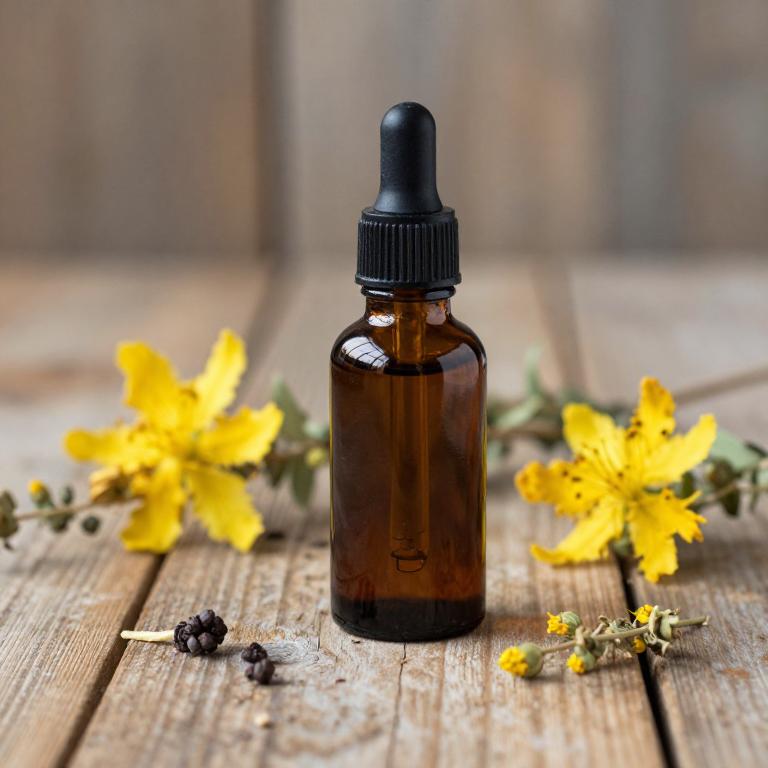
Hypericum perforatum, commonly known as St. John's Wort, is a herbal remedy traditionally used for its potential anti-inflammatory and analgesic properties.
While primarily recognized for its use in treating mild to moderate depression, some studies suggest that its tinctures may offer relief for bladder pain by reducing inflammation and nerve sensitivity in the urinary tract. However, it is important to note that the efficacy of hypericum perforatum for bladder pain has not been extensively validated in clinical trials focused on this specific condition. As with any herbal supplement, it should be used under the guidance of a healthcare professional, especially since it can interact with various medications.
Additionally, individuals experiencing persistent bladder pain should consult a medical practitioner to rule out more serious underlying conditions.
2. Urtica dioica

Urtica dioica, commonly known as stinging nettle, has been traditionally used in herbal medicine for its potential anti-inflammatory and pain-relieving properties.
When prepared as a tincture, Urtica dioica may help alleviate bladder pain by reducing inflammation and irritation in the urinary tract. The active compounds in stinging nettle, such as flavonoids and polysaccharides, are believed to support urinary tract health and reduce discomfort. However, it is important to consult a healthcare professional before using Urtica dioica tinctures, especially for chronic or severe bladder pain, to ensure safety and appropriateness for individual health conditions.
While some studies suggest possible benefits, more research is needed to fully understand its efficacy in treating bladder-related issues.
3. Equisetum arvense
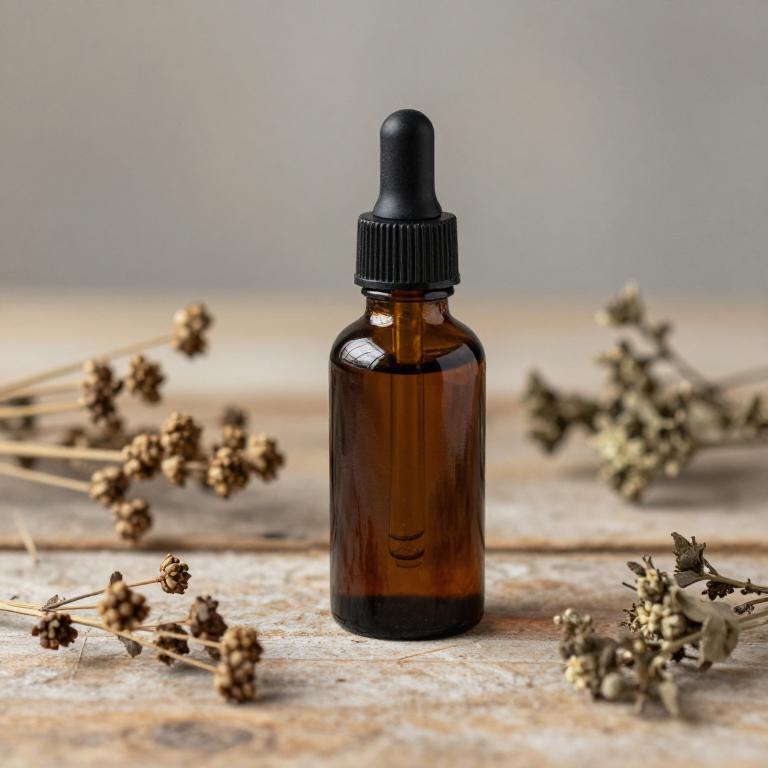
Equisetum arvense, commonly known as horsetail, has been traditionally used in herbal medicine for its potential to support urinary health.
When prepared as a tincture, it is believed to possess diuretic properties that may help alleviate symptoms of bladder pain by promoting the elimination of excess fluids and toxins from the body. The tincture is often made by soaking the dried plant material in alcohol, which helps extract its active compounds such as silica and flavonoids. Some practitioners suggest using Equisetum arvense tinctures as a complementary therapy for urinary tract discomfort, though it is important to consult a healthcare provider before use, especially for individuals with existing medical conditions or those taking medications.
While preliminary research shows promise, more clinical studies are needed to fully understand its efficacy and safety for bladder pain relief.
4. Achillea millefolium
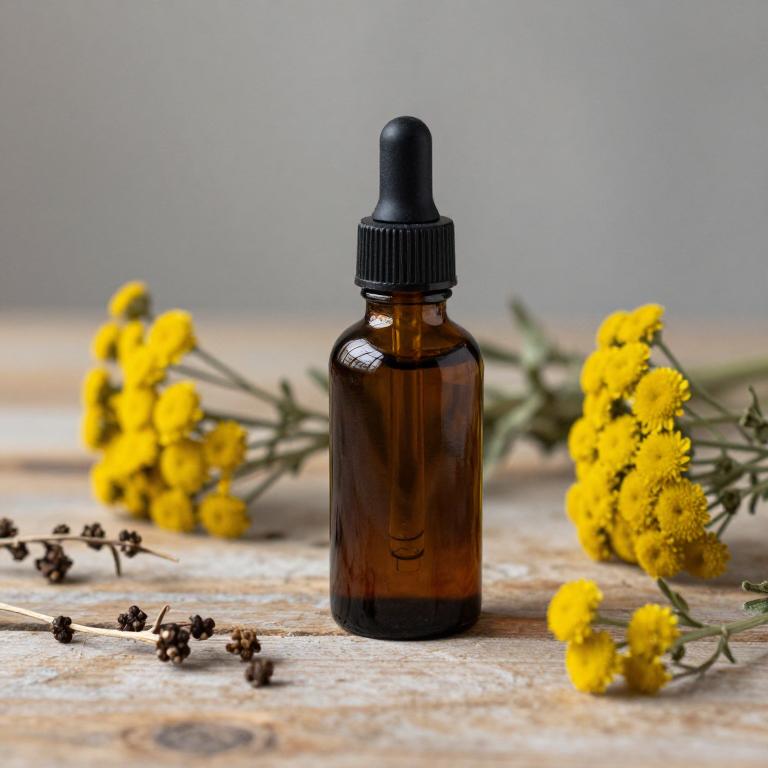
Achillea millefolium, commonly known as yarrow, has been traditionally used in herbal medicine for its anti-inflammatory and analgesic properties.
When prepared as a tincture, it may offer potential relief for individuals experiencing bladder pain by reducing inflammation and soothing the urinary tract. The active compounds in yarrow, such as flavonoids and essential oils, are believed to support urinary health and alleviate discomfort. While some studies suggest its efficacy in reducing inflammation, it is important to consult a healthcare professional before using yarrow tinctures, especially for chronic or severe bladder conditions.
As a complementary therapy, yarrow tinctures may help manage symptoms, but they should not replace conventional medical treatments.
5. Symphytum officinale
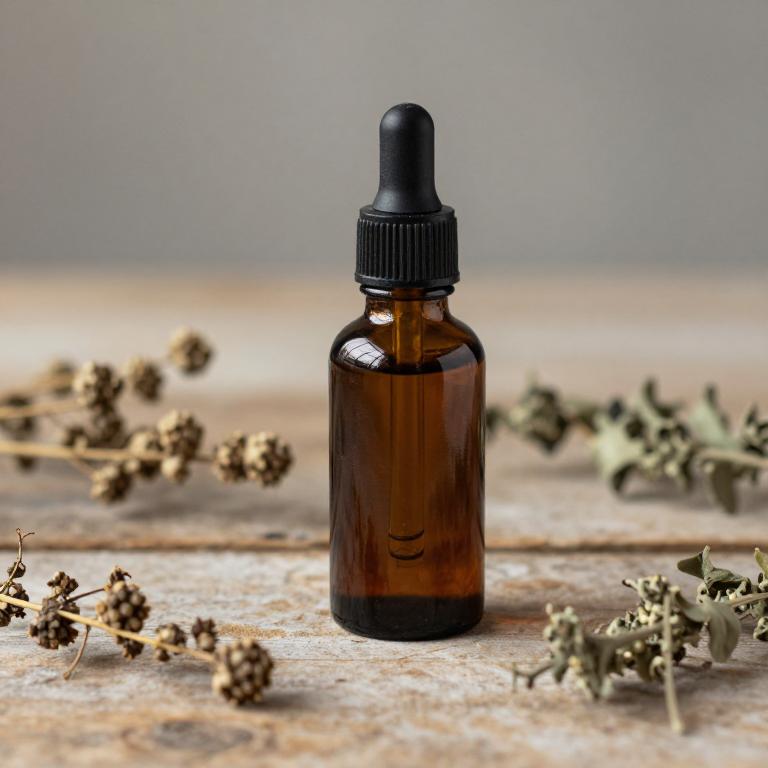
Symphytum officinale, commonly known as comfrey, is a herbal plant that has been traditionally used for its healing properties, including the preparation of tinctures for bladder pain.
These tinctures are believed to possess anti-inflammatory and analgesic effects, which may help alleviate discomfort associated with urinary tract issues. However, it is important to note that comfrey contains pyrrolizidine alkaloids, which can be toxic to the liver if consumed in large quantities or over extended periods. As a result, many health professionals advise caution and recommend consulting a healthcare provider before using comfrey tinctures for bladder pain.
Despite these concerns, some individuals use comfrey tinctures as a complementary therapy under professional guidance to manage symptoms of bladder discomfort.
6. Thymus vulgaris
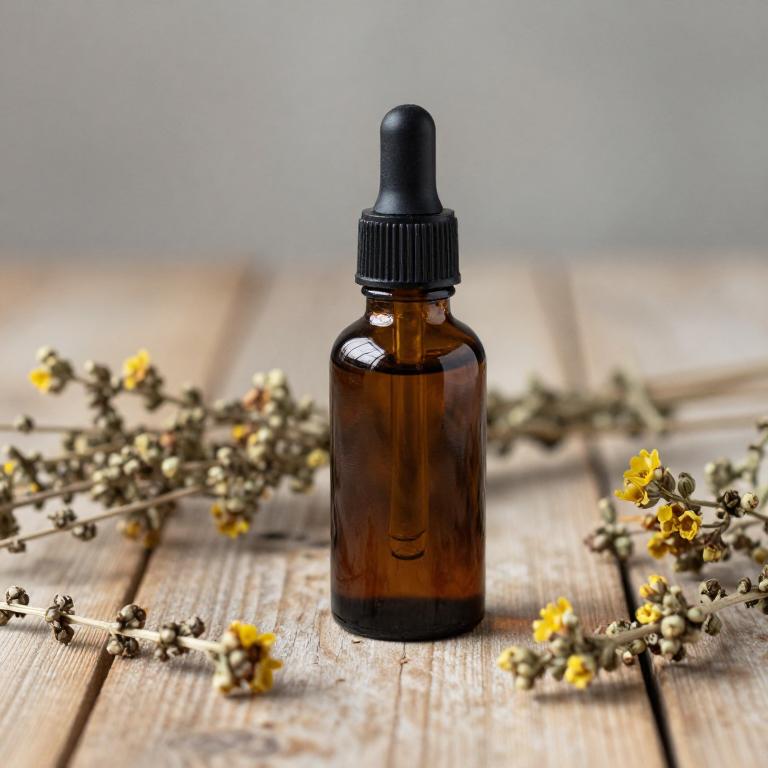
Thymus vulgaris, commonly known as thyme, has been traditionally used in herbal medicine for its antimicrobial and anti-inflammatory properties.
Thymus vulgaris herbal tinctures are often prepared by soaking the dried herb in alcohol to extract its active compounds, such as thymol and carvacrol. These tinctures may be used to alleviate bladder pain by reducing inflammation and combating potential urinary tract infections. However, it is important to consult with a healthcare provider before using thyme tinctures, as they can interact with certain medications and may not be suitable for everyone.
While some individuals report relief from bladder discomfort using thyme tinctures, scientific evidence supporting their efficacy for this specific use is limited.
7. Cnicus benedictus
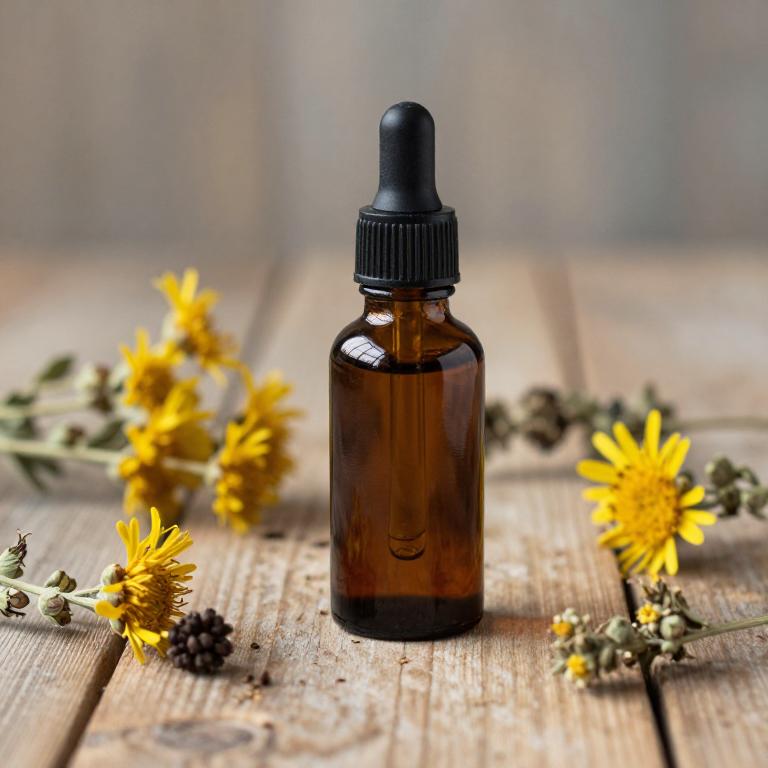
Cnicus benedictus, commonly known as blessed thorn, has been traditionally used in herbal medicine for its potential soothing effects on the urinary tract.
Herbal tinctures made from Cnicus benedictus are believed to help alleviate bladder pain and irritation by reducing inflammation and promoting urinary health. The active compounds in the plant, such as flavonoids and tannins, may contribute to its anti-inflammatory and antispasmodic properties. These tinctures are often prepared by soaking the dried plant material in alcohol to extract the beneficial compounds.
While some anecdotal evidence supports their use for bladder discomfort, it is important to consult a healthcare professional before using Cnicus benedictus tinctures, especially for chronic or severe bladder pain.
8. Plantago lanceolata
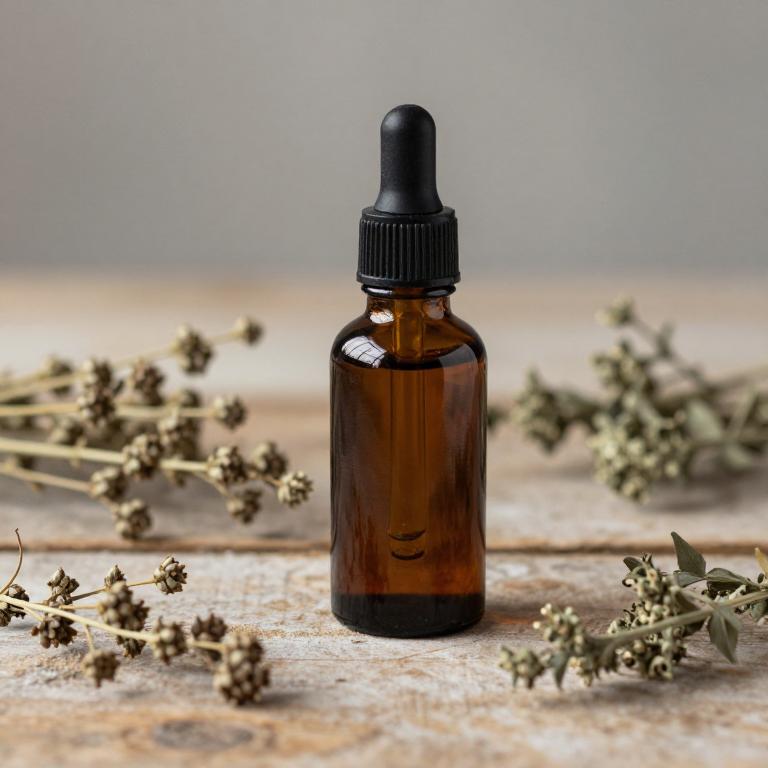
Plantago lanceolata, commonly known as broadleaf plantain, has been traditionally used in herbal medicine for its anti-inflammatory and soothing properties.
Herbal tinctures made from Plantago lanceolata are often prepared using its leaves, which are rich in mucilage and bioactive compounds that may help reduce irritation and inflammation in the urinary tract. These tinctures are believed to support bladder health by alleviating discomfort and promoting healing, making them a potential natural remedy for individuals experiencing bladder pain. While more scientific research is needed to confirm their efficacy, many users report relief from symptoms when using Plantago lanceolata tinctures as part of a holistic treatment plan.
As with any herbal remedy, it is advisable to consult with a healthcare professional before use, especially for those with preexisting medical conditions or taking other medications.
9. Cichorium intybus
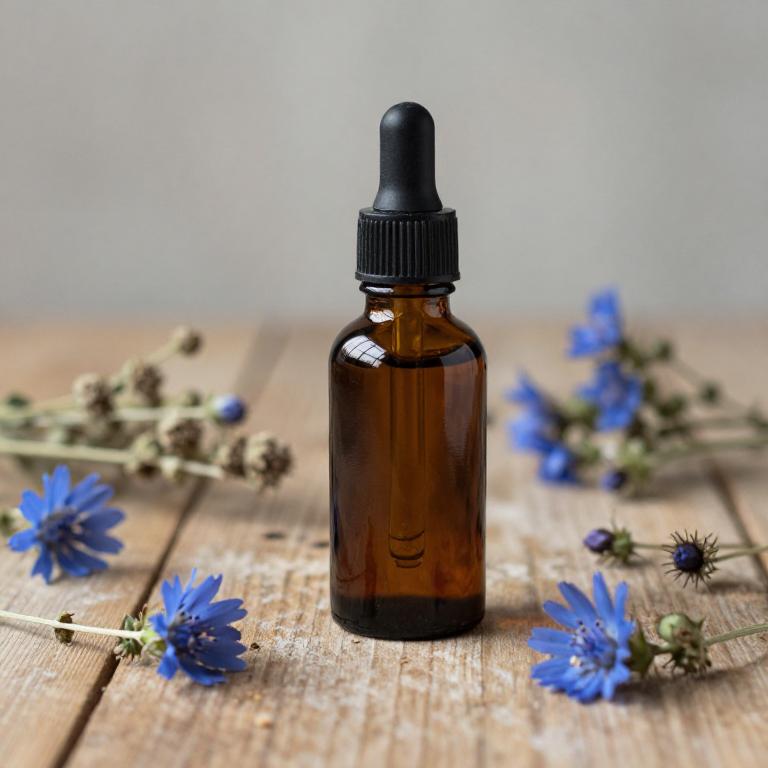
Cichorium intybus, commonly known as chicory, has been traditionally used in herbal medicine for its potential anti-inflammatory and diuretic properties.
Herbal tinctures made from chicory root are often utilized to support urinary tract health and may help alleviate symptoms of bladder pain by reducing inflammation and promoting healthy urine flow. These tinctures are typically prepared by soaking the dried root in alcohol, allowing the active compounds to be extracted over time. While some studies suggest that chicory may have mild antispasmodic effects, it is important to consult with a healthcare professional before using it for bladder pain, as individual responses can vary.
As with any herbal remedy, proper dosage and quality of the tincture are essential for safety and effectiveness.
10. Artemisia vulgaris
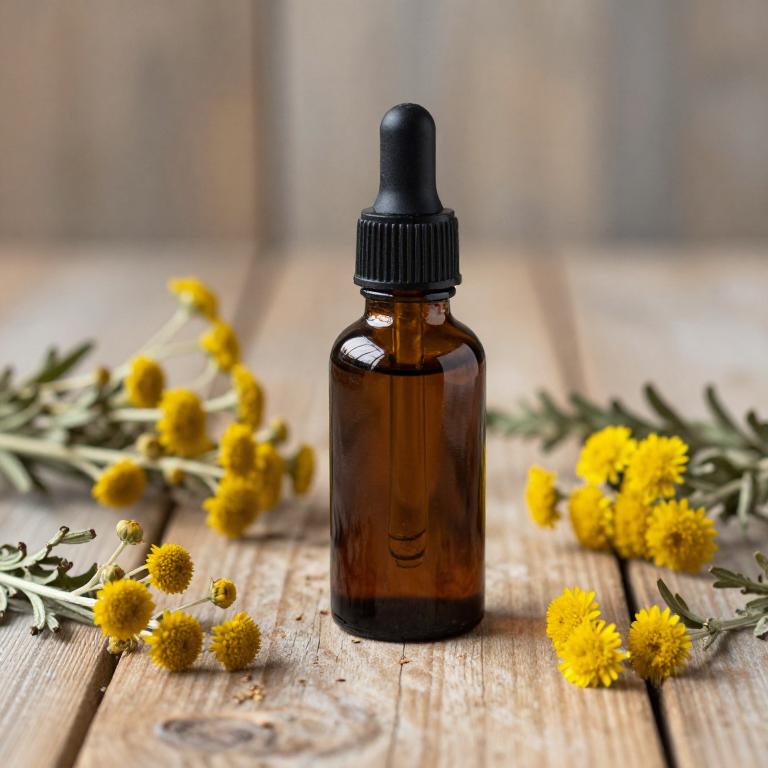
Artemisia vulgaris, commonly known as wormwood, has been traditionally used in herbal medicine for its potential anti-inflammatory and antimicrobial properties.
When prepared as a tincture, it may offer relief for bladder pain by reducing inflammation and combating urinary tract infections. However, it is important to note that artemisia vulgaris contains compounds like thujone, which can be toxic in high doses and may interact with certain medications. Therefore, it should be used with caution and under the guidance of a qualified herbalist or healthcare provider.
While some studies suggest its possible benefits, more research is needed to fully understand its efficacy and safety for treating bladder pain.